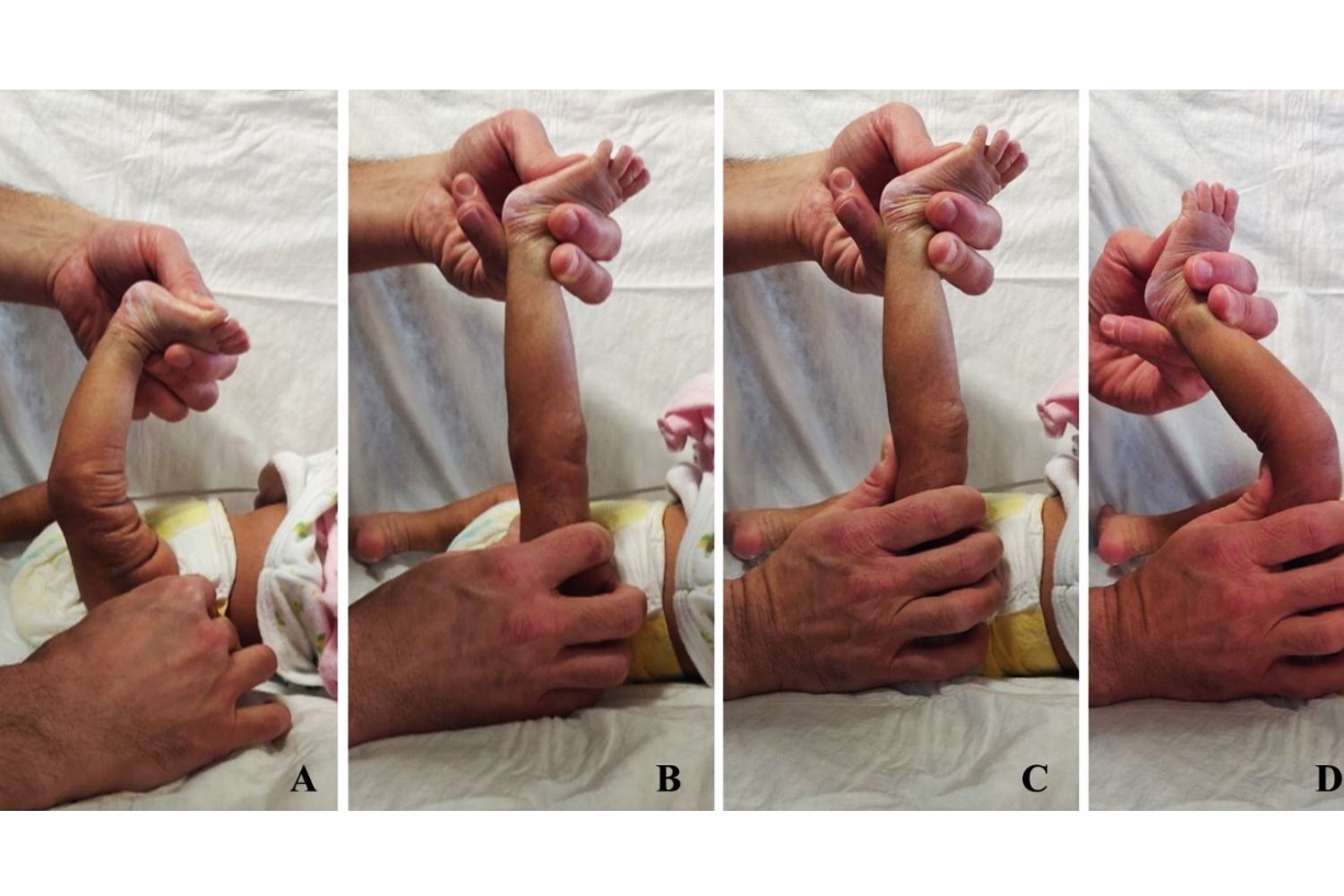
Reductional Transverse Limb Defects might sound like a mouthful, but understanding them is simpler than you think. These defects occur when a limb doesn't develop fully, leading to a shortened or missing limb. Did you know that these conditions can affect both arms and legs? They can happen for various reasons, including genetic factors or environmental influences during pregnancy. Interestingly, these defects are rare, affecting about 1 in 20,000 births. Despite the challenges, many people with these conditions lead full, active lives. Modern prosthetics and adaptive technologies have made it easier for individuals to overcome physical limitations. Curious to learn more? Let's dive into 25 fascinating facts about Reductional Transverse Limb Defects!
Key Takeaways:
- Reductional transverse limb defects are rare congenital conditions affecting limb development. Genetic and environmental factors play a role, and early diagnosis and supportive care are crucial for managing these defects.
- Treatment involves prosthetics, surgery, therapy, and psychological support. With the right resources and adaptations, individuals can lead fulfilling lives, participate in sports, pursue careers, and advocate for inclusion.
What Are Reductional Transverse Limb Defects?
Reductional transverse limb defects are congenital conditions where a limb fails to develop properly. These defects can affect arms, legs, or both. Understanding these conditions helps in providing better care and support.
-
Congenital Condition: Reductional transverse limb defects occur during fetal development, often before the 12th week of pregnancy.
-
Types of Defects: These defects can be classified as either terminal or intercalary. Terminal defects affect the end of a limb, while intercalary defects occur in the middle.
-
Genetic Factors: Some cases are linked to genetic mutations or inherited conditions, although the exact cause is often unknown.
-
Environmental Factors: Exposure to certain drugs, chemicals, or infections during pregnancy can increase the risk of these defects.
-
Frequency: These defects are relatively rare, occurring in about 1 in 20,000 live births.
Symptoms and Diagnosis
Recognizing the symptoms and diagnosing reductional transverse limb defects early can aid in treatment and management.
-
Visible Abnormalities: The most obvious symptom is the visible absence or shortening of a limb.
-
Prenatal Diagnosis: Ultrasound scans during pregnancy can sometimes detect these defects.
-
Postnatal Diagnosis: After birth, physical examination and imaging tests like X-rays confirm the diagnosis.
-
Associated Conditions: Sometimes, these defects are associated with other congenital anomalies, such as heart defects or cleft palate.
-
Genetic Testing: In some cases, genetic testing can help identify underlying causes or associated syndromes.
Treatment and Management
Managing reductional transverse limb defects involves a combination of medical, surgical, and supportive care.
-
Prosthetics: Many individuals benefit from prosthetic limbs, which can improve mobility and function.
-
Surgery: Surgical interventions may be necessary to correct or improve limb function.
-
Physical Therapy: Regular physical therapy helps in strengthening muscles and improving coordination.
-
Occupational Therapy: This therapy focuses on enhancing daily living skills and independence.
-
Psychological Support: Counseling and support groups can help individuals and families cope with emotional and social challenges.
Living with Reductional Transverse Limb Defects
Life with reductional transverse limb defects can be fulfilling with the right support and resources.
-
Adaptations: Many people use adaptive devices and techniques to perform daily tasks.
-
Education: Schools and educators can provide accommodations to support learning and participation.
-
Sports and Recreation: Adaptive sports and recreational activities offer opportunities for physical fitness and social interaction.
-
Employment: With appropriate accommodations, individuals can pursue a wide range of careers.
-
Advocacy: Advocacy groups work to raise awareness and promote inclusion for people with limb differences.
Research and Future Directions
Ongoing research aims to improve understanding and treatment of reductional transverse limb defects.
-
Stem Cell Research: Scientists are exploring the potential of stem cells to regenerate or repair damaged tissues.
-
Genetic Studies: Research into the genetic basis of these defects may lead to better prevention and treatment strategies.
-
Advanced Prosthetics: Innovations in prosthetic technology are providing more functional and lifelike artificial limbs.
-
Early Intervention: Studies show that early intervention and therapy can significantly improve outcomes.
-
Public Awareness: Increasing public awareness and education about these conditions can lead to better support and resources for affected individuals.
Final Thoughts on Reductional Transverse Limb Defects
Reductional Transverse Limb Defects (RTLD) are rare but significant. Understanding these conditions helps in providing better support and care for those affected. Early diagnosis and intervention can make a big difference in the quality of life for individuals with RTLD. Awareness and education about these defects are crucial for parents, caregivers, and medical professionals.
Research continues to uncover more about the causes and best treatments for RTLD. Advances in medical technology and prosthetics offer hope and improved mobility for many. Support groups and resources are available to help families navigate the challenges associated with RTLD.
By staying informed and advocating for those with RTLD, we can contribute to a more inclusive and supportive community. Every bit of knowledge and compassion counts in making a positive impact on the lives of those affected by Reductional Transverse Limb Defects.
Frequently Asked Questions
Was this page helpful?
Our commitment to delivering trustworthy and engaging content is at the heart of what we do. Each fact on our site is contributed by real users like you, bringing a wealth of diverse insights and information. To ensure the highest standards of accuracy and reliability, our dedicated editors meticulously review each submission. This process guarantees that the facts we share are not only fascinating but also credible. Trust in our commitment to quality and authenticity as you explore and learn with us.
